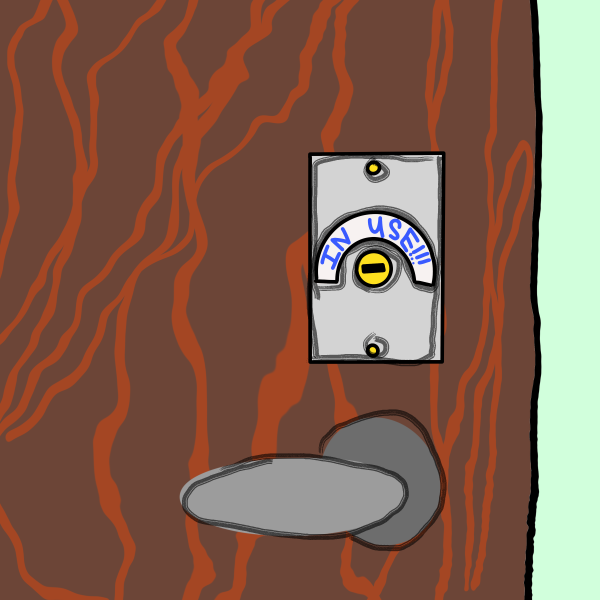Adjuncts are professors too
Over half of the professors employed by Hamline University are adjuncts. If you’re a student, chances are, you’ve had classes with several of them. Chances are even better you couldn’t tell a difference in teaching quality. However, there is a huge difference in the amount they’re paid and as a result they’re in the process of unionizing. Hamline issued a statement on Friday saying, “We have not had direct conversations with these instructors, nor heard or had time to consider their concerns, and therefore will not be commenting further on this matter at this time.” Harsh.
To be fair, adjuncts are not evaluated on the same criteria as those in tenured or tenure-track positions. They are not expected to do research or to advise students, as all tenured professors and those hoping to attain tenure are. In addition, they aren’t required to have a PhD. But some of them do and almost all have at least a masters. They often put in as many as 50-60 hours a week in order to prepare for and teach their classes.
We generally hate doing math at The Oracle but, in this case, we feel it’s appropriate. Adjunct professors at Hamline typically get paid $4-5,000 dollars per course they teach, and they typically teach five courses per year. Let’s say that there are about 30 working weeks in the school year, not counting winter break, J-term and spring break. If an adjunct professor teaches five courses, they’ll make about $25,000 a year at most. $25,000 divided by 30 weeks means they are making $833 a week. If they are indeed working on average 50-60 hours per week to teach their courses, as they claimed at last week’s press conference at Macalester, that means they are making, at most, about $13-16 an hour. And that’s not including the grading and preparation they do before and after the semester or over breaks. Whether or not you think that sounds awful, keep reading.
Consider the amount of money students pay to attend Hamline: they currently charge $1,080 per credit, so $4,320 per course. The average class size at Hamline is 18, according to mnprivatecolleges.org. Undoubtedly, there’s no way our class sizes could be kept so small without employing as many adjuncts as Hamline does (195, according to a recent Star Tribune article). Based on those figures, Hamline is getting, on average, $77,760 in tuition per four credit course. And, adjuncts often teach general or lower level classes with way more than 18 students. If adjunct professors are making $5,000 or less per course, that means that on average, only six percent of the revenue from each course is going to the professor.
If our calculations are accurate, where is the rest of the money going? Even tenured professors start at a salary of only $62,000 (plus benefits), and they are supposedly getting paid to work many hours a week advising students and working on their own research. Given the fact that Hamline employs more adjunct professors than full time professors, it’s clear that many (if not most) courses are taught by adjuncts.
We believe the primary reason to go to Hamline (or any institution) is to attend classes taught by professors. And according to their public relations campaign, Hamline professors know some pretty amazing things—like your name. There’s definitely truth to this statement: our amazing professors are the ones we interact with every day, and the main reason we’re still here. Of course, we’re paying for all of the staff, faculty, administration, facilities and other resources in addition to teaching costs. But, considering what professors do is the primary reason we’re here, it seems to us the priorities are a tad skewed. We as students cannot tell the difference in the teaching quality between our adjuncts and full-time professors and believe that all of our professors deserve job security, benefits and decent wages. Therefore, this staff editorial is a declaration of The Oracle’s support for Hamline (and Macalester’s) adjunct and full time faculty.






